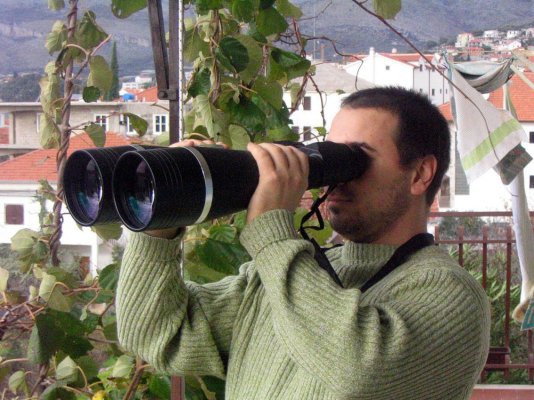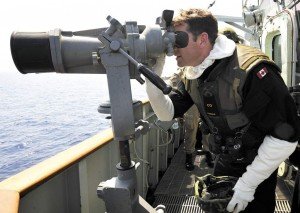When motoring in fog, I find that in so many cases boaters use their radar simply to dodge traffic rather than applying the 'in restricted visibility' rules, and they certainly don't make the required sound signals.
Yes, you must slow down, but this means you must be aware that if your radar is fed with GPS speed over ground (SOG) and course over ground (COG), MARPA will become more and more inaccurate in displaying the opposing vessel's aspect, especially if a tide is flowing, and/or there's a wind. (Fog and wind are common where we're based). Fed with GPS, your radar is said to be ground stabilised.
Remember that the rules all change 'in restricted visibility', and knowing the opposing traffic's aspect becomes crucial.
If your radar is fed with boat speed through the water (STW) and boat heading (BH), your radar's MARPA will be good to go, as they say. In this case your radar is said to be sea-stabilised and will display vessels' aspect correctly.
But overall, it's so important to know how to interpret your radar picture, and how significantly the rules change and what you should and shouldn't do.
Read this
chilling accident report from the Marine Accident Investigation Branch:
As the commentary says on page 24, "The radar information displayed on P&O Nedlloyd Vespucci was ground-based, the incorrect format for anti-collision avoidance. It should have been waterbased, in accordance with IMO guidance. When radar is ground-stabilised, the output of data will relate to their ground track and, although accurate, can be highly misleading when assessing target aspect."



